Jobs report takes pressure off Fed to cut rates
Published in Business News
Headline numbers from the June jobs report took pressure off the Federal Reserve to consider an interest-rate cut later this month, likely leaving the central bank on hold at least until the fall.
U.S. employers added 147,000 jobs last month, exceeding estimates, while the unemployment rate ticked lower to 4.1%, according to the Bureau of Labor Statistics.
Those solid figures, however, masked weakness in private payrolls and other potential warning signs of deterioration in the labor market, a trend that could raise the stakes later in the year.
“The headline looks a lot better than the detail included in the data,” said Joseph Brusuelas, chief economist at RSM US. Still, he added, “the data would tend to reaffirm the Fed’s analysis of an economy that’s slowing but still solid, and does not warrant accommodation at this time.”
The report gives Fed Chair Jerome Powell room for a wait-and-see approach to easing policy, according to Gregory Faranello, head of U.S. rates trading and strategy for AmeriVet Securities. “The Fed will take the summer off,” he said.
Treasuries slumped following the data, the dollar gained and interest-rate swaps showed traders quickly scrapped bets of the Fed cutting before September. Yields on the 2-year notes, which are more sensitive to changes in monetary policy, jumped to their highest level in nearly two weeks.
The selloff marked a reversal of a recent rally that sent the Treasury market in June to its best monthly performance since February. Most of that momentum was built on expectations that a softening labor market would give policymakers the data they need to resume lowering rates.
Fed policymakers have held the central bank’s key rate steady so far this year, citing the potential for President Donald Trump’s tariff policies to stoke inflationary pressures. Officials have also pointed to the overall stable labor market to support their view that they need not rush to lower rates.
Atlanta Fed President Raphael Bostic reiterated that view during an event Thursday in Frankfurt after the jobs report was released.
“I believe a period characterized by such widespread uncertainty is no time for significant shifts in monetary policy,” Bostic said. “That is especially the case against the backdrop of a still resilient macroeconomy, which offers space for patience.”
Underlying weakness
The June report, even with caveats, buys policymakers some time. Some analysts, however, drew attention to the signs of underlying weakness.
Kathy Bostjancic, chief economist at Nationwide Mutual Insurance, expects the Fed to wait until September to move, but said officials might have to consider a half-point cut at that time.
“The weak employment report supports our view that the Fed will cut the fed funds rate by 75 basis points by year-end to bolster a slowing economy despite a likely temporary run-up in prices stemming from tariffs,” she said Thursday in a note to clients.
The Fed’s wait-and-see stance has provoked sharp criticism from Trump and several officials in his administration, who have argued the central bank should already be lowering rates. They have cited inflation data that has broadly shown a muted response so far to Trump’s increased use of tariffs on U.S. trading partners.
Thursday’s jobs report offered some warning signs for Fed officials. Private payrolls rose by the least since October. The drop in unemployment was also, in part, for negative reasons. While the number of unemployed fell for the first time in five months, the participation rate — the share of the population that is working or looking for work — also declined.
Immigration impact
That could reflect the impact of the Trump administration’s stricter immigration policies, which have brought a steep drop in border crossings and deterred some undocumented workers from reporting to work. Excluding the onset of the pandemic, the number of workers born outside the U.S. showed the largest three-month drop on record in data going back to 2007.
Overall hiring in June was also driven by state and local governments. In the private sector, job growth was concentrated in a relatively narrow set of industries, especially health care and social assistance, continuing a trend seen in recent months.
“The labor market isn’t as robust as it was, say, a year ago, but it’s stable. And if it’s stable, the Fed can be patient in assessing the risks,” said Stephen Juneau, U.S. economist at Bank of America. “Really, that boils down to what’s going to happen with inflation.”
Investors, too, are shifting their focus to upcoming inflation reports — starting with June data due July 15.
“If there is any tariff-induced inflation it will show up before the September meeting and the Fed could be up against it on easing rates if the labor market holds up,” said Kevin Flanagan, head of fixed income strategy at WisdomTree.
As of their last meeting, a majority of Fed officials expected to cut rates at least once this year. After the employment report, traders are still pricing in two quarter-point reductions this year, with the market leaning toward the first coming in September.
(With assistance from Michael Mackenzie, Edward Bolingbroke, Ye Xie, Mark Niquette, Ezra Fieser and Matthew Boesler)
©2025 Bloomberg L.P. Visit bloomberg.com. Distributed by Tribune Content Agency, LLC.
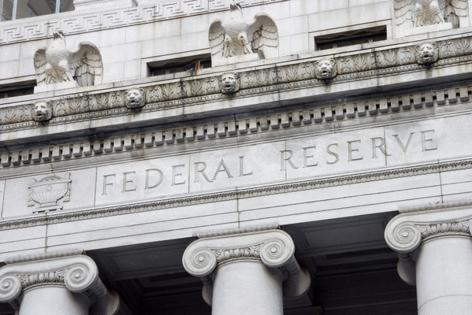
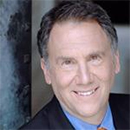

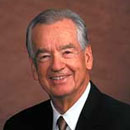
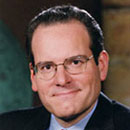
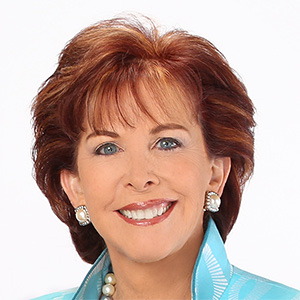






Comments